Where possible, neighborhood should be connected by a protected, continuous network of bicycle paths, physically separated from car traffic and maintained year-round. These are not just transportation lanes—they are arteries of sanity, health, and planetary survival.
Bicycles are the simplest machines that ever offered freedom. They are silent, clean, cheap, and poetic—each one a tiny revolution in steel. Yet in the car-crazed asphalt web of American life, they’ve been squeezed to the margins—where the white line fades and the gravel begins. While European cities reengineer their infrastructure to elevate the bicycle to its rightful status—as a daily tool for dignified motion—we still treat it like a child’s toy or a daredevil’s gamble. Most American roads dare the rider to risk their life for a loaf of bread.
It wasn’t always this way. In the early 20th century, bike paths in America flourished. Cities like Los Angeles had long-distance “cycleways” before they had freeways. But as oil companies and car lobbies buried rail systems and paved over neighborhoods, the humble bike was demoted to the realm of recreation. The psychological effect has been profound: movement has become motorized, externalized, and alienating. Walking or pedaling—even the simple act of self-powered movement—has become an act of rebellion or, worse, a sign of poverty.
Yet where protected bike lanes do appear, everything changes. In Portland, Oregon, where a dense network of bike infrastructure has been built out, nearly 7% of commuters now bike to work—compared to less than 1% nationally. In Copenhagen, that number is over 40%. The impact on public health, air quality, road safety, and mental wellbeing is undeniable. Cyclists are statistically healthier, happier, and more engaged with their communities. Roads become quieter. Cities breathe easier. Neighborhoods come alive again.
A well-designed bike pathway is not just a painted stripe—it’s a separate realm. Buffered from fast-moving traffic by curbs, planters, or green space, these lanes protect the vulnerable and invite the cautious. Children can ride to school without a parent’s prayer. Elders can glide to the market. Teenagers can reach their part-time job without needing a car—or a parent to chauffeur them. And crucially, these paths must connect—not dead-end at busy intersections or disappear at the city border. They should span towns, cross counties, and stitch together regions—especially along transit lines, schools, parks, and low-income housing.
There’s a systems logic to this. Each dollar spent on protected bike infrastructure returns many more in public health, economic vitality, and environmental sanity. According to the Institute for Transportation and Development Policy, investments in bike infrastructure yield up to 5-to-1 cost savings when factoring in health benefits and emissions reductions. Unlike cars, which demand parking lots, road expansion, and endless repair, bikes are light on the land. They do not corrode the social fabric. They do not roar or require fuel.
Psychologically, bike pathways reconnect people to scale. You see your city at human speed. You greet neighbors. You feel the weather. The bicycle is democratic and Daoist: modest, efficient, nonlinear. In a world oversaturated with acceleration and noise, the bicycle restores rhythm and return. A functioning bike network is a system of shared grace—a moving commons.
We need quiet paths through green corridors—sanctuaries from the combustion madness, corridors to school and play and work that don’t involve gas stations, insurance premiums, or smog. In the face of ecological breakdown, rising inequality, and mental illness among the young, the bike path is not a luxury. It is triage for a culture that has lost its way.
Beyond bike pathways, Community Groups may rediscover the ancient grammar of village life by proposing small, human-scaled interventions that restore the commons—public squares, shaded food stands, benches under trees, courtyards, gazebos, and low stone walls where strangers can become neighbors. These are not luxuries; they are the emotional infrastructure of a democratic culture.
In A Pattern Language, Christopher Alexander and his colleagues mapped out hundreds of such “patterns”—interventions that arise not from abstract planning codes but from centuries of lived experience. Their wisdom echoes across cultures: that community springs not from mandates but from well-shaped space. Community Group can turn their own neighborhoods into pattern-rich places, proposing such changes not to government alone but to the people themselves, in the town hall, the grange, the kitchen table. These are recoverable patterns of human sanity, awaiting only our consent to live differently.
Therefore, Folklaw advocates:
All new residential and commercial developments must be connected to a regional bike path network, with priority given to routes that link schools, shopping areas, parks, and public transit hubs.
Cities and counties shall allocate at least 5% of their annual transportation budget to building and maintaining protected bike pathways—physically separated from car traffic and accessible to all ages and abilities. Abandoned rail corridors, utility easements, and flood control channels shall be repurposed for green biking routes where feasible. New town roads shall be constructed with parallel bike infrastructure.
These pathways shall be open year-round, maintained to be safe in all seasons, and lit for evening use without overlighting or harming nocturnal ecosystems. For underserved areas, cities must provide community bicycles and subsidized repair stations. Public schools shall include safe cycling education in their curricula, and local governments shall offer free bike skills and maintenance classes for all residents.
All public building shall install bike racks, placed to one side of the main entrance so that bikes don’t interfere with people’s natural movement in and out.
Federal and state governments are urged to adopt parallel legislation and funding to ensure all citizens—regardless of zip code—can travel safely by bicycle from home to school, work, or community life. A nation that forgets the freedom of two wheels forgets its soul.

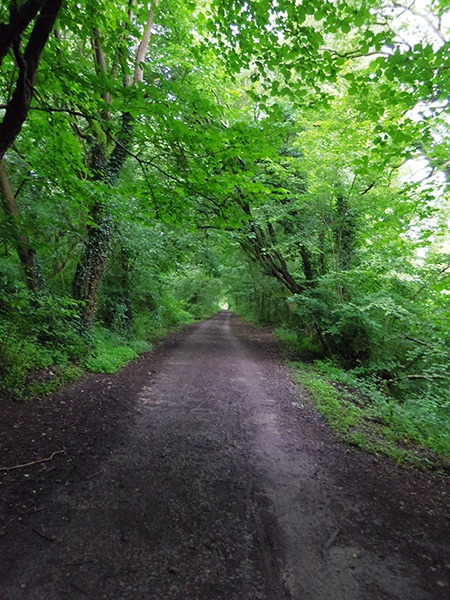
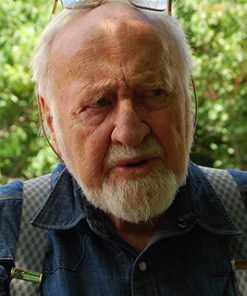
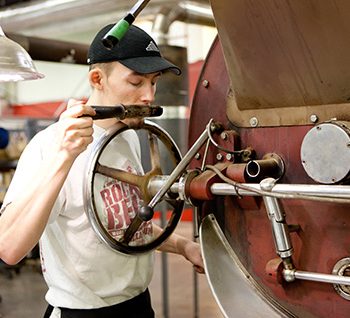
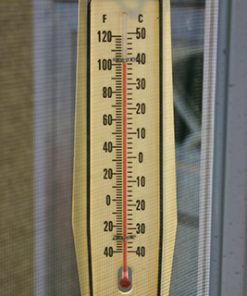
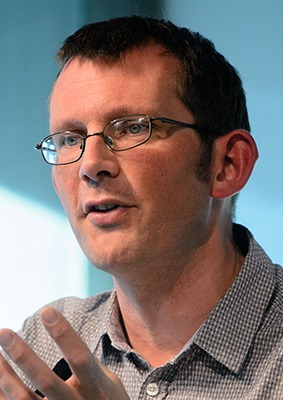
Discussions
There are no discussions yet.